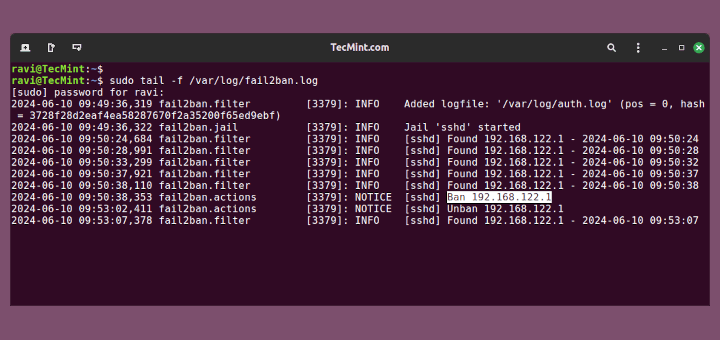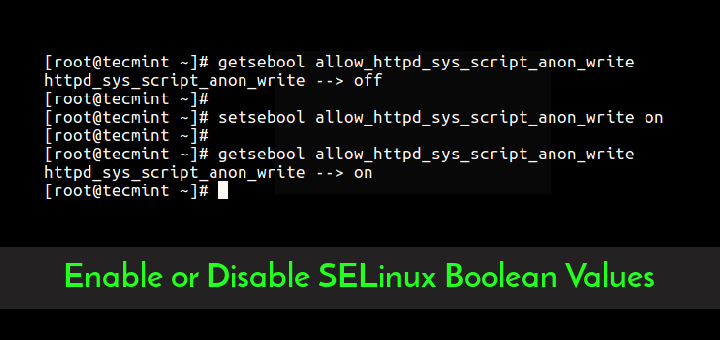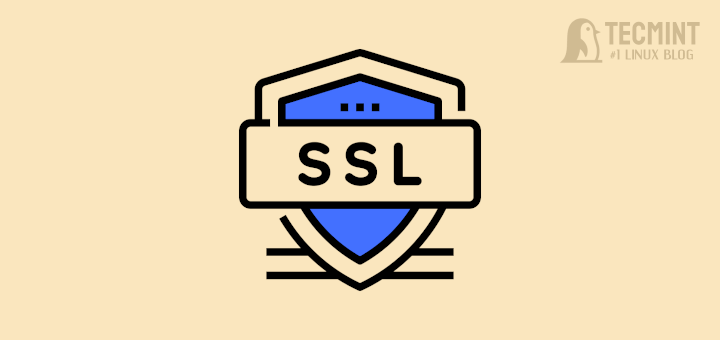Websites are important parts of our lives. They serve the means to expand businesses, share knowledge and lots more. Earlier restricted to providing only static contents, with introduction of dynamic client and server side scripting languages and continued advancement of existing static language like html to html5, adding every bit of dynamicity is possible to the websites and what left is expected to follow soon in near future.
With websites, comes the need of a unit that can display these websites to a huge set of audience all over the globe. This need is fulfilled by the servers that provide means to host a website. This includes a list of servers like: Apache HTTP Server, Joomla, and WordPress that allow one to host their websites.

One who wants to host a website can create a local server of his own or can contact any of above mentioned or any another server administrator to host his website. But the actual issue starts from this point. Performance of a website depends mainly on following factors:
- Bandwidth consumed by the website.
- How secure is the website against hackers.
- Optimism when it comes to data search through the database
- User-friendliness when it comes to displaying navigation menus and providing more UI features.
Alongside this, various factors that govern success of servers in hosting websites are:
- Amount of data compression achieved for a particular website.
- Ability to simultaneously serve multiple clients asking for a same or different website.
- Securing the confidential data entered on the websites like: emails, credit card details and so on.
- Allowing more and more options to enhance dynamicity to a website.
This article deals with one such feature provided by the servers that help enhance performance of websites along with securing them from bad bots, hotlinks etc. i.e. ‘.htaccess‘ file.
What is .htaccess?
htaccess (or hypertext access) are the files that provide options for website owners to control the server environment variables and other parameters to enhance functionality of their websites. These files can reside in any and every directory in the directory tree of the website and provide features to the directory and the files and folders inside it.
What are these features? Well these are the server directives i.e. the lines that instruct server to perform a specific task, and these directives apply only to the files and folders inside the folder in which this file is placed. These files are hidden by default as all Operating System and the web servers are configured to ignore them by default but making the hidden files visible can make you see this very special file. What type of parameters can be controlled is the topic of discussion of subsequent sections.
Note: If .htaccess file is placed in /apache/home/www/Gunjit/ directory then it will provide directives for all the files and folders in that directory, but if this directory contains another folder namely: /Gunjit/images/ which again has another .htaccess file then the directives in this folder will override those provided by the master .htaccess file (or file in the folder up in hierarchy).
Apache Server and .htaccess files
Apache HTTP Server colloquially called Apache was named after a Native American Tribe Apache to respect its superior skills in warfare strategy. Build on C/C++ and XML it is cross-platform web server which is based on NCSA HTTPd server and has a key role in growth and advancement of World Wide Web.
Most commonly used on UNIX, Apache is available for wide variety of platforms including FreeBSD, Linux, Windows, Mac OS, Novel Netware etc. In 2009, Apache became the first server to serve more than 100 million websites.
Apache server has one .htaccess file per user in www/ directory. Although these files are hidden but can be made visible if required. In www/ directory there are a number of folders each pertaining to a website named on user’s or owner’s name. Apart from this you can have one .htaccess file in each folder which configured files in that folder as stated above.
How to configure htaccess file on Apache server is as follows…
Configuration on Apache Server
There can be two cases:
Hosting website on own server
In this case, if .htaccess files are not enabled, you can enable .htaccess files by simply going to httpd.conf (Default configuration file for Apache HTTP Daemon) and finding the <Directories> section.
<Directory "/var/www/htdocs">
And locate the line that says…
AllowOverride None
And correct it to.
AllowOverride All
Now, on restarting Apache, .htaccess will work.
Hosting website on different hosting provider server
In this case it is better to consult the hosting admin, if they allow access to .htaccess files.
25 ‘.htaccess’ Tricks of Apache Web Server for Websites
1. How to enable mod_rewrite in .htaccess file
mod_rewrite option allows you to use redirections and hiding your true URL with redirecting to some other URL. This option can prove very useful allowing you to replace the lengthy and long URL’s to short and easy to remember ones.
To allow mod_rewrite just have a practice to add the following line as the first line of your .htaccess file.
Options +FollowSymLinks
This option allows you to follow symbolic links and thus enable the mod_rewrite option on the website. Replacing the URL with short and crispy one is presented later on.
2. How to Allow or Deny Access to Websites
htaccess file can allow or deny access of website or a folder or files in the directory in which it is placed by using order, allow and deny keywords.
Allowing access to only 192.168.3.1 IP
Order Allow, Deny Deny from All Allow from 192.168.3.1 OR Order Allow, Deny Allow from 192.168.3.1
Order keyword here specifies the order in which allow, deny access would be processed. For the above ‘Order’ statement, the Allow statements would be processed first and then the deny statements would be processed.
Denying access to only one IP Address
The below lines provide the means to allow access of the website to all the users accept one with IP Address: 192.168.3.1.
rder Allow, Deny Deny from 192.168.3.1 Allow from All OR Order Deny, Allow Deny from 192.168.3.1
3. Generate Apache Error documents for different error codes.
Using some simple lines, we can fix the error document that run on different error codes generated by the server when user/client requests a page not available on the website like most of us would have seen the ‘404 Page not found’ page in their web browser. ‘.htaccess’ files specify what action to take in case of such error conditions.
To do this, the following lines are needed to be added to the ‘.htaccess’ files:
ErrorDocument <error-code> <path-of-document/string-representing-html-file-content>
‘ErrorDocument’ is a keyword, error-code can be any of 401, 403, 404, 500 or any valid error representing code and lastly, ‘path-of-document’ represents the path on the local machine (in case you are using your own local server) or on the server (in case you are using any other’s server to host your website).
Example:
ErrorDocument 404 /error-docs/error-404.html
The above line sets the document ‘error-404.html’ placed in error-docs folder to be displayed in case the 404 error is reported by the server for any invalid request for a page by the client.
rrorDocument 404 "<html><head><title>404 Page not found</title></head><body><p>The page you request is not present. Check the URL you have typed</p></body></html>"
The above representation is also correct which places the string representing a usual html file.
4. Setting/Unsetting Apache server environment variables
In .htaccess file you can set or unset the global environment variables that server allow to be modified by the hosters of the websites. For setting or unsetting the environment variables you need to add the following lines to your .htaccess files.
Setting the Environment variables
SetEnv OWNER “Gunjit Khera”
Unsetting the Environment variables
UnsetEnv OWNER
5. Defining different MIME types for files
MIME (Multipurpose Internet Multimedia Extensions) are the types that are recognized by the browser by default when running any web page. You can define MIME types for your website in .htaccess files, so that different types of files as defined by you can be recognized and run by the server.
<IfModule mod_mime.c> AddType application/javascript js AddType application/x-font-ttf ttf ttc </IfModule>
Here, mod_mime.c is the module for controlling definitions of different MIME types and if you have this module installed on your system then you can use this module to define different MIME types for different extensions used in your website so that server can understand them.
6. How to Limit the size of Uploads and Downloads in Apache
.htaccess files allow you the feature to control the amount of data being uploaded or downloaded by a particular client from your website. For this you just need to append the following lines to your .htaccess file:
php_value upload_max_filesize 20M php_value post_max_size 20M php_value max_execution_time 200 php_value max_input_time 200
The above lines set maximum upload size, maximum size of data being posted, maximum execution time i.e. the maximum time the a user is allowed to execute a website on his local machine, maximum time constrain within on the input time.








Hi Sir,
Someone hacked our website and always take it index.php file instead of a different php file.
Also, the htaccess file gets created newly even we deleted it.
Great htaccess tips, Thanks for sharing this helpful article. can you please give some suggestions about .htaccess security?
@Sajjad,
Use the following directive to secure and restrict access to .htaccess file on the server.
Hey Tosin,
i don’t think about any ebook related htaccess because htaccess is part of logic which is every one can modified using his ability.
Insightful Tips there. Please can I get this .htaccess tricks as an ebook? Thank you.